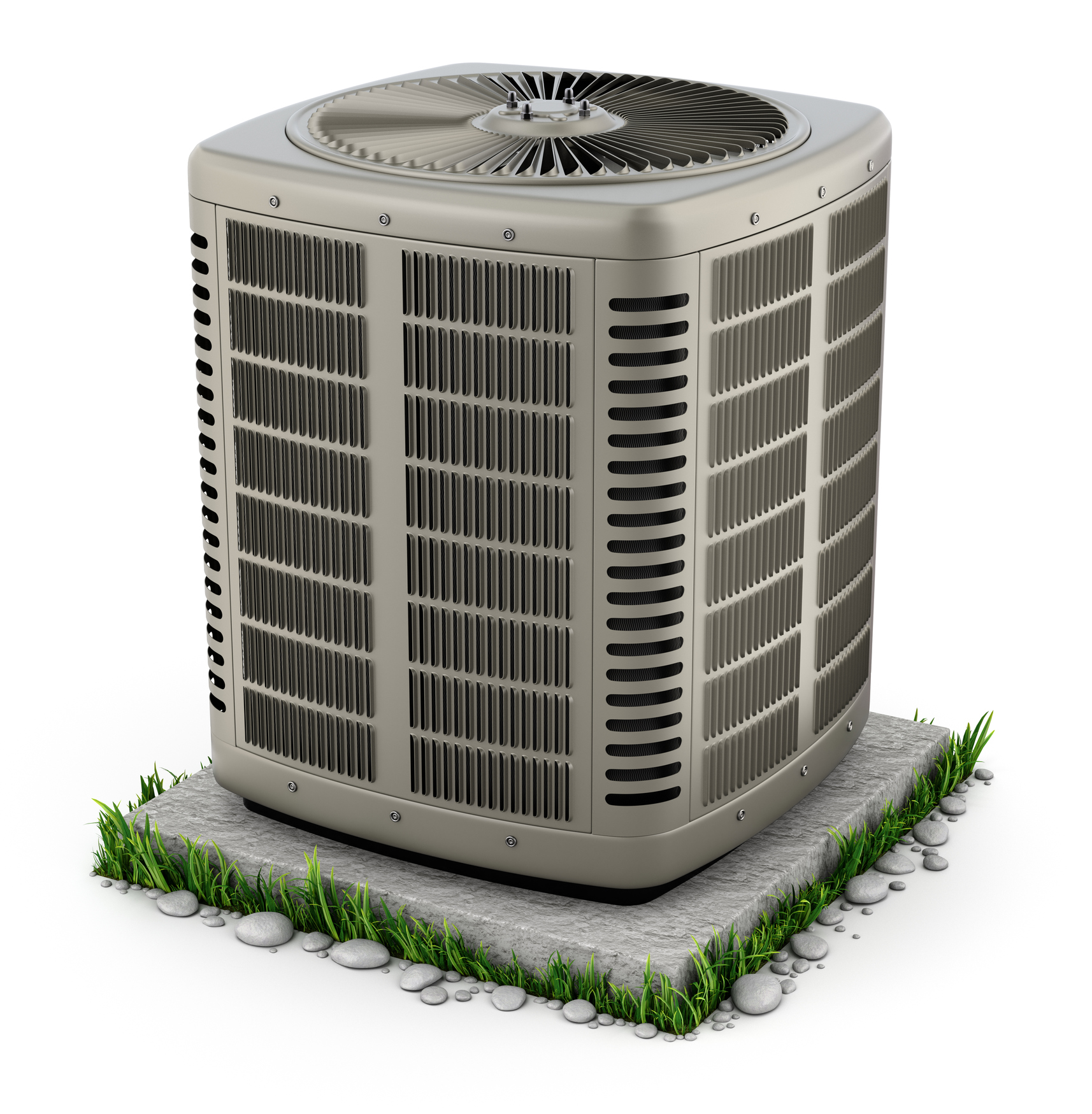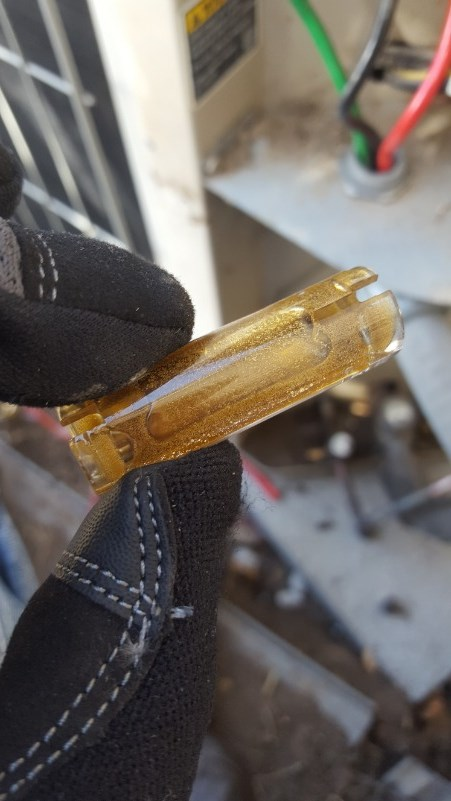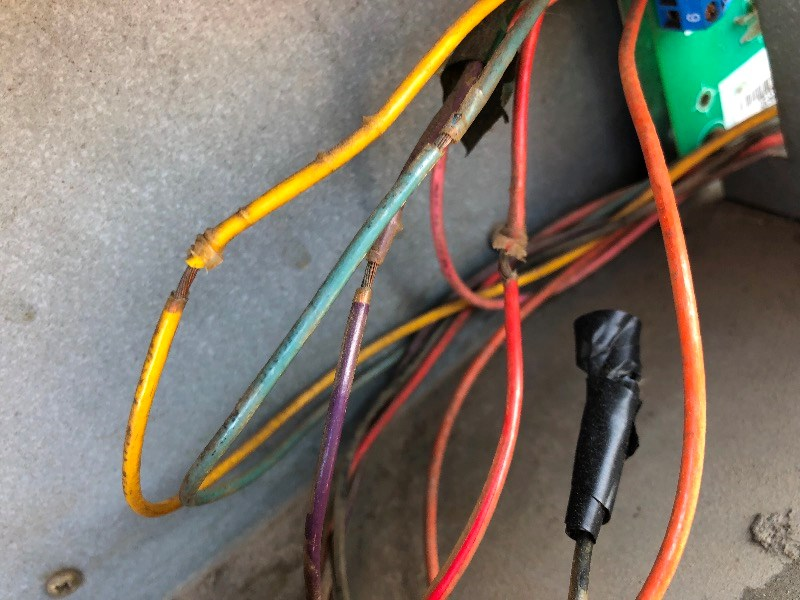Adjusters, Don’t Let Complex HVAC Systems Be Your Claim to Shame
Four Consequences That Can Occur When You Settle a Complex HVAC Claim Alone
As an adjuster it’s your job to handle claims as quickly and accurately as possible. But the second part can be a lot more difficult if you aren’t familiar with the equipment being claimed – regardless if it’s a single residential HVAC system damaged by a lightning strike or dozens of HVAC systems at a shopping center that were damaged during a hailstorm.
Here are four consequences that can occur when adjusters try to handle claims that include complex HVAC systems without assistance from an objective expert.

1) Overpayment and Underpayment of Claims
Claims need to be settled fairly and accurately. That means the policyholder is issued the right amount of money – no more, no less – required to bring the HVAC system back to pre-loss condition.
Overpayment means the policyholder was awarded more than was needed for an accurate settlement, which can happen by paying for a replacement when the system could have been repaired. This results in claims leakage for the insurance carrier and could increase premium costs for the insured.
Underpayment stems from a policyholder not being provided enough money to adequately make repairs or replacements, though they should have been covered by the policy. This could cause claims to be reopened because the insured cannot get the necessary work completed – and that could risk losing your customer if you don’t take care of them.
Overpaying and underpaying could negatively impact the insurance carrier and your customer service reputation. A third-party vendor that is knowledgeable in HVAC systems can help you determine market value to ensure adequate settlements. A qualified expert can also confirm if a repair or a replacement is warranted before settling the claim.
2) Paying for Equipment that Was Not Damaged by a Covered Peril
Just because there was a storm with lightning in the area around the time an HVAC system sustained damage doesn’t mean it’s the true cause of loss. Adjusters can get caught in a pitfall of paying for equipment that was not damaged by a covered peril by not having the knowledge and experience to verify claim data.
To ensure an accurate settlement, adjusters need to be able to examine the equipment information and claim details to distinguish if the damage occurred from some other peril, was due to age-related wear and tear, or didn’t happen at all. Claim assessments have frequently had findings that some claimed equipment wasn’t damaged, had a loose connection or mechanical failure that required a minor repair, or was damaged by a non-covered peril.
Instead of guessing, seek the help of experts of both HVAC systems and insurance claims. They can provide a comprehensive inspection and use their knowledge, experience, and the claim data to obtain an accurate cause of loss for the HVAC system and a recommended resolution.

3) Settling for Equipment That Was a Betterment or a Downgrade From What Was Installed
If a replacement for the entire system, or even a small component, is warranted, “Like Kind and Quality” is the overarching goal for adjusters when settling claims. Adjusters who don’t know the changing regulations on HVAC systems and aren’t familiar with the various manufacturers’ products could settle for equipment that is better or not as good than what the policyholder previously had installed. And even if it is a Like Kind and Quality replacement, local contractors may be providing estimates and recommendations that don’t align with market value, unbeknownst to the insured or you.
HVAC system experts deal with this equipment regularly and know how to compare what could seem like apples to oranges to people unfamiliar. Someone in the know will also have access to manufacturer pricing that details when components are available and their market value.
4) Getting Told You Should Have Used HVACi
It happens. You make a mistake, and someone tells you about a way it could have been avoided. But now you won’t fall into the above traps because you know you don’t have to handle claims with complex HVAC systems alone, thanks to HVACi.
HVACi is a team of technicians and HVAC experts who are ready and willing to offer support on your next HVAC claim. They use their experience and knowledge to inspect the equipment, find an accurate cause of loss, and make recommendations for repairs and replacements, plus they have databases to ensure you are settling for an available component at market value.
Get the help you need to settle claims promptly, accurately, and fairly.




